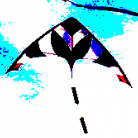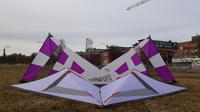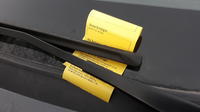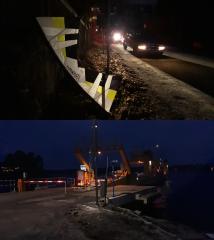Search the Community
Showing results for tags 'qlk'.
-
3/4 of a year ago my old time kite guru from the end of the nineties, @Anders Matson, suddenly surfaced on KiteLife and back "into existence" (a very subjective statement on my side) last summer after say 18 years. Anders lives on the west coast, while I live on the east coast (of Sweden i.e.). Abou...
-
From the album: Exult's Photos
To use this today not very crowded ferry port for kiting I made a 4x8.2m 38kg line set from an old DLK line set (that a SLK polyester line had cut off earlier). I have never tried this short QLK length before, but longer lines would not have been practical in this place. I'd say that there was...




